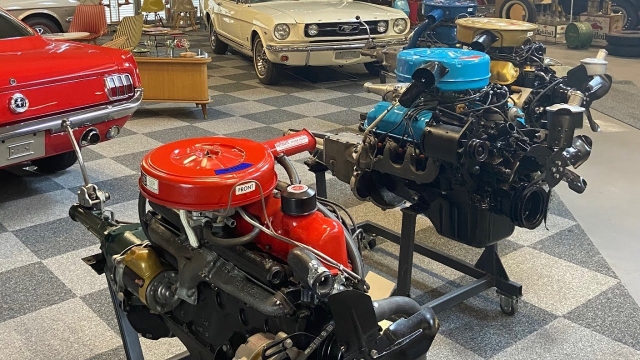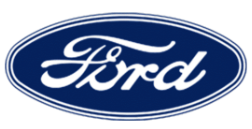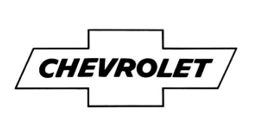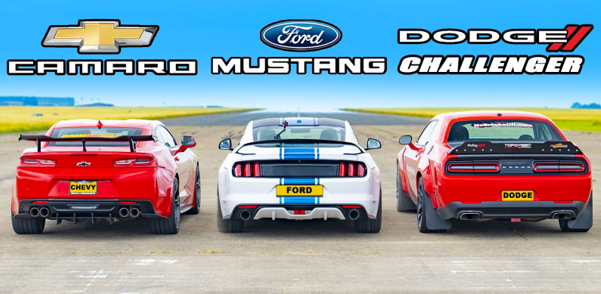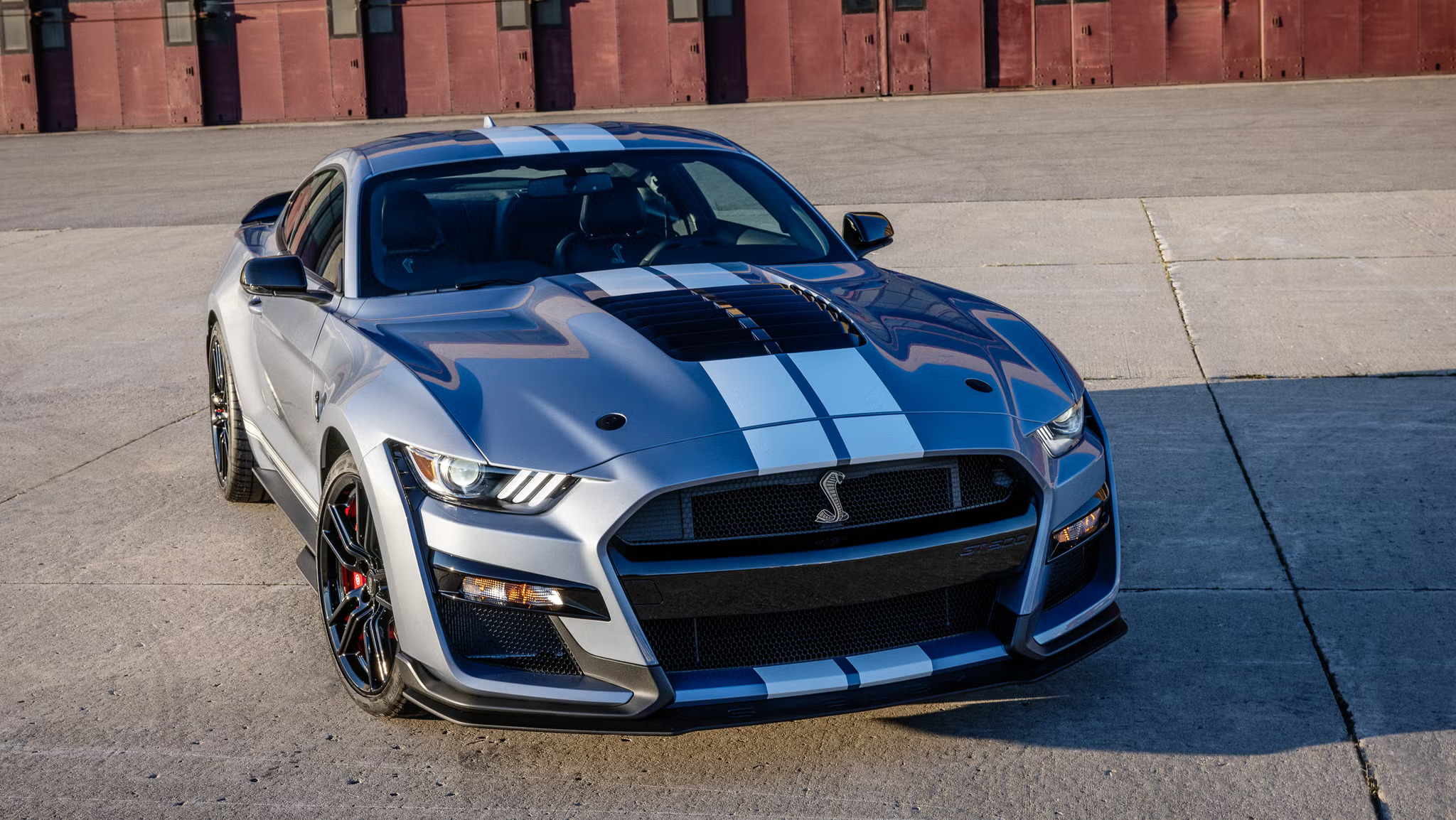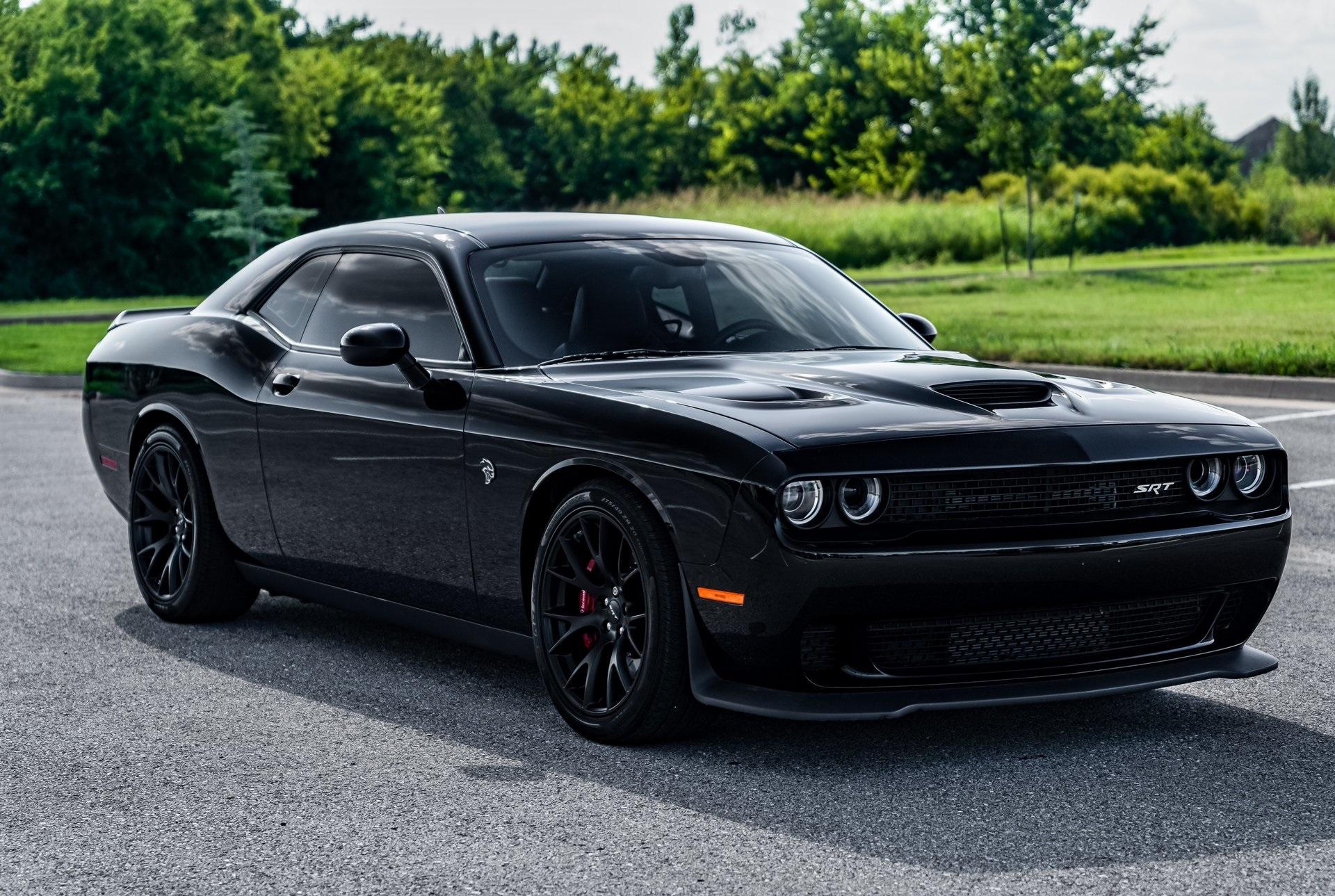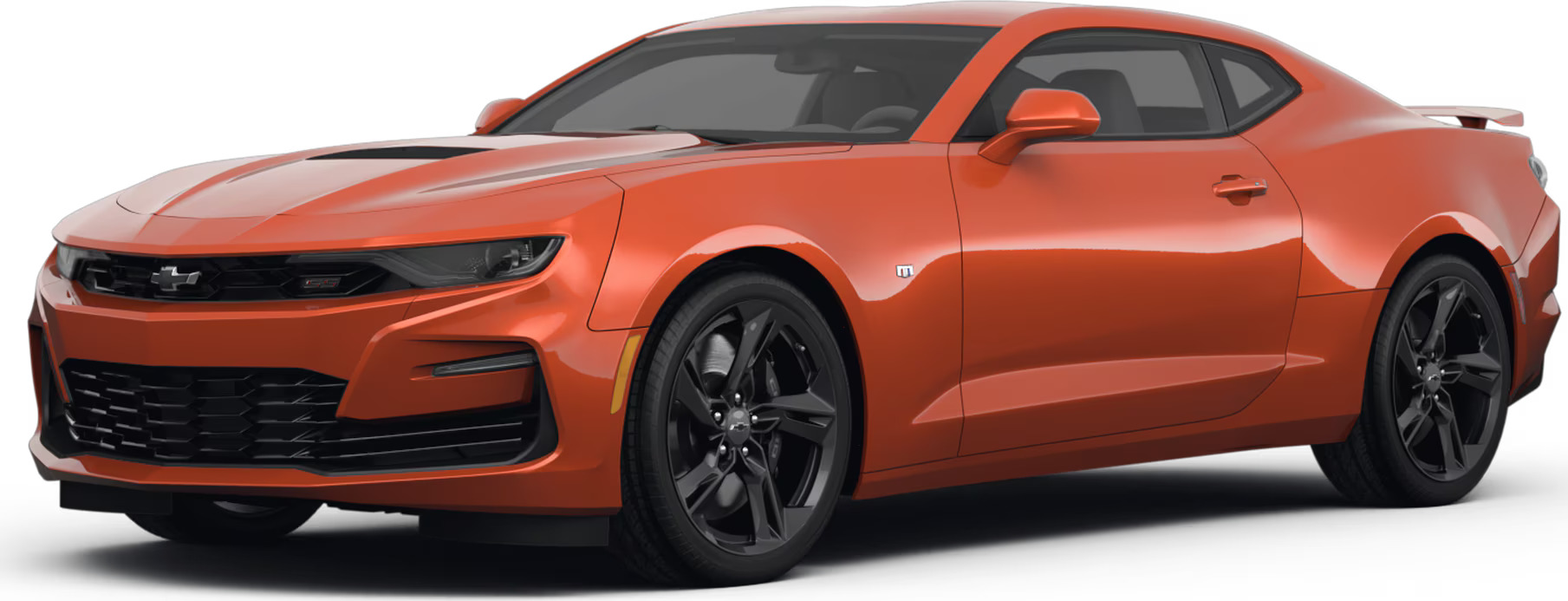The legacy and impact of muscle cars.
American muscle cars, which became cult vehicles in the 1960s, have remained
dominant players in the
automotive industry ever since. Their powerful engines, aggressive designs, and
passion for speed
continue to influence the development of vehicles today. Muscle cars are not just cars; they
represent a lifestyle and philosophy that promotes freedom, dynamism,
and the spirit of competition.
The three most famous brands—Dodge, Ford, and Chevrolet—have all shaped the
automotive industry with
their iconic models and created modern muscle cars, which remain one of the most
defining elements
of the motoring world to this day.
Legendary models like the Ford Mustang, Chevrolet Camaro, and Dodge
Challenger have all contributed
in their own way to making muscle cars not just symbols on the roads, but icons in
culture as well.
The rivalry between the Mustang and the Camaro in the late 1960s
elevated car racing to a new level,
while in recent decades, the revival of muscle cars has brought them back to the modern
automotive market,
featuring stronger and more modern technological characteristics, yet preserving the
classic style that originated in the 1960s.
Today's modern muscle cars, such as the Dodge Challenger Hellcat, Ford Mustang
Shelby GT500, and
Chevrolet Camaro ZL1, boast the high horsepower and brutal performance
characteristic of true muscle
cars. These vehicles continue to represent the American Dream and the feeling that
speed and power
are at the heart of American automotive manufacturing. While the golden age of muscle
cars may be
over, their legacy lives on in the latest models and the world of motorsport.
